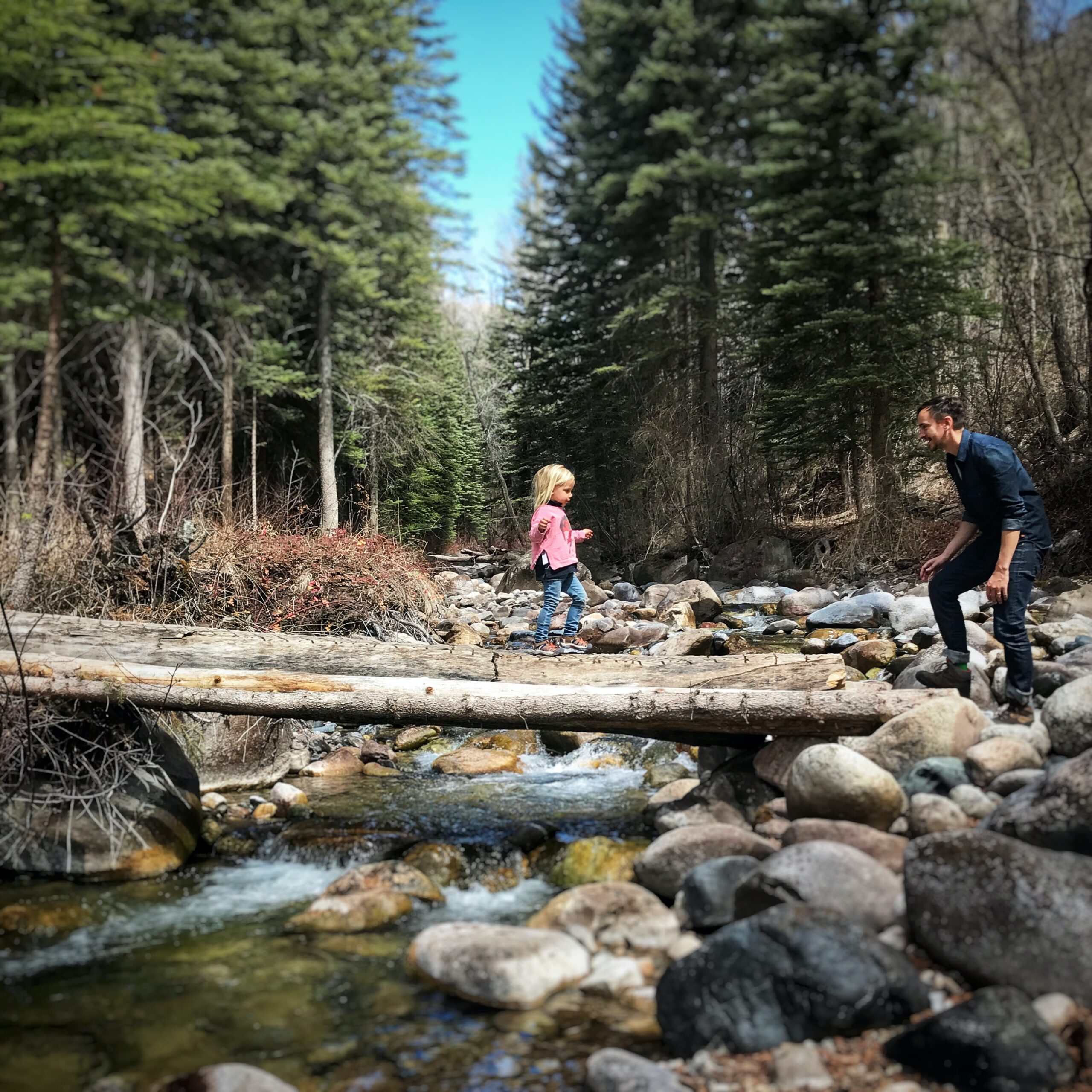Page Summary
- It’s not clear that anyone knows what the word “gender’ means, because it gets used in at least five diverging ways.
- It’s possible to condemn harmful practices based on stereotypes, without relying on an ambiguous idea of “gender”.
-
Separating gender from sex is fundamentally unintelligible.
Isn’t gender separate from sex?

biological sex and the socio-cultural role of sex (“gender” in English) can be distinguished but not separated
Pope Francis, Amoris Laetitia 56
Ok, but what does that actually mean?
Listen to this article


But let’s pause and say for the sake of argument that this is correct. In the real state, before “becoming” a woman, how is one born? From a mother? If the natural/born category entails a mother, does “mother” also go in that category or in the culturally conditioned category we assigned “woman” to? Certainly, one is not born a mother, but, rather, becomes one. Maybe “mother” goes in the culturally conditioned category. Yet how can the culturally conditioned category serve as the ground of the natural, if the natural is supposed to be the more real category?
The unresolved confusion about this question has yielded at least five different views of gender, sometimes conflicting, sometimes overlapping.2
First, there is the old view from grade school: “gender” is interchangeable with biological “sex”.
Second, there is the view along the lines of Simone de Beauvoir’s: gender is the social/cultural treatment of each sex, e.g. whether people are deemed men or women, what kind of clothes they are encouraged or required to wear, what professions they are steered toward, etc. This is similar to the American Psychological Association’s current definition of gender.3
Third, there is the view initially popularized by Judith Butler’s Gender Trouble: “gender” is a completely fictional construct with nothing underlying it, not even sex (which is also taken to be an illusory construct). It appears to be real because it is an unconscious and socially compelled performance, a series of acts and behaviors that create the illusion of an essential identity of “man” or “woman.”
Fourth, there is the view of some advocates for transgenderism: gender is not a construct, but the sex of the soul or mind, the really true, innate manhood, womanhood, or non-conformity that may or may not “align” with bodily sex.
Fifth, there is a view which combines the third and fourth views: it adapts the fourth view as “gender identity”, which is located in the mind, and it adapts the third view as “gender expression”, which refers to one’s external appearance and acts.
How do we make sense of all this? Perhaps we could try to uncover a view of the human person that doesn’t rely on “gender” as something separate from sex, but still accommodates the practical reasons why someone would attempt to separate gender from sex in the first place. Within this view, we can still readily condemn practices in various cultures which rely on stereotypes, for example:
- arranged marriages
- denying women the same access as men to education, sports, and professional fields
- paying women lower wages than men for the same work
- taking advantage of women in vulnerable situations, personally invasive communication, and other forms of coercion
- abuse, concealment of abuse, gaslighting, and skepticism toward women when they reveal they have been abused
- negligence of women’s experiences by healthcare professionals
- forcing women to abide either by stereotypes or by the opposite extreme of masculine ways of living
- encouraging men to develop violent, aggressive, or insensitive habits
- viewing members of either sex as objects of gratification
The view of the human person articulated throughout Love Means More implies the sort of respect and love for each person which rules out all of the practices in this list. Whatever a culture’s view of “gender” might be, separating it from sex is fundamentally unintelligible.4
What about the most divisive issue: what should people do if they believe their gender contradicts their sex? (lgbt)

1) The term “sex” in the context of biographical information was doomed by the time Austin Powers responded “yes, please.”
2) Abigail Favale, “The Eclipse of Sex by the Rise of Gender,” Church Life Journal, March 1, 2019. https://churchlifejournal.nd.edu/articles/the-eclipse-of-sex-by-the-rise-of-gender/
3) “Gender refers to the attitudes, feelings, and behaviors that a given culture associates with a person’s biological sex.” American Psychological Association, Key Terms and Concepts in Understanding Gender Diversity and Sexual Orientation Among Students, p. 20. https://www.apa.org/pi/lgbt/programs/safe-supportive/lgbt/key-terms.pdf (Archived version, current as of 2024)
4) Congregation for Catholic Education, “Male and Female He Created Them”: Towards a Path of Dialogue on the Question of Gender Theory in Education, 11. http://www.educatio.va/content/dam/cec/Documenti/19_0997_INGLESE.pdf

